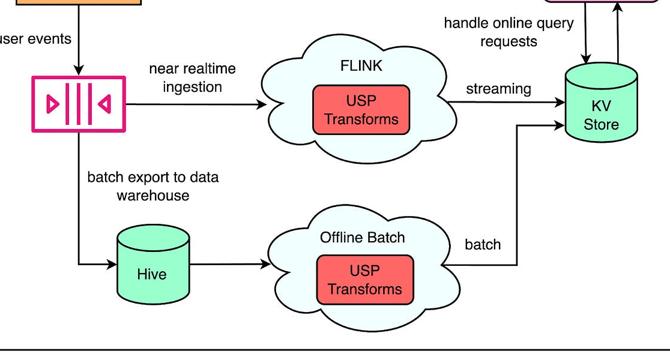Byte Byte Go
1M
160

Image Credit: Byte Byte Go
How Airbnb Powers Personalization With 1M Events Per Second
- Airbnb's User Signals Platform (USP) addresses challenges in providing meaningful personalization across its wide range of services by ingesting and processing user actions in near real-time with low latency.
- USP supports both synchronous and asynchronous computation, stores real-time and historical user engagement data in a queryable and durable manner, and allows product teams to define signals and behaviors without coding.
- The architecture of USP involves a Lambda-style pipeline for data processing and an online serving layer for fast data retrieval, making it capable of handling over 1 million events per second.
- Key engineering decisions include choosing Flink over Spark for lower latency, maintaining an append-only data model for operational simplicity, and providing a config-driven developer workflow for signal logic definition.
- User Signals in USP include Simple User Signals, which map Kafka events to signals, and Join Signals, enabling real-time stateful joins between two Kafka sources for richer context.
- User Segments in USP allow dynamic cohort creation based on live user actions, while Session Engagements focus on short, meaningful slices of time to capture user intent and behavior.
- Flink Stability with Hot Standby ensures operational resilience, minimizing downtime and event backlog risks in case of failures.
- Airbnb's USP powers personalization across the platform, with 100+ Flink jobs in production, 70K queries per second, and plans to enhance pipeline-level orchestration.
- The success of USP lies not just in its streaming tech but also in embracing design choices that prioritize resilience, developer-friendly abstractions, and operational stability.
- The platform is seen as a core infrastructure at Airbnb, facilitating personalized experiences without requiring every team member to be a stream engineer.
Read Full Article
4 Likes
For uninterrupted reading, download the app